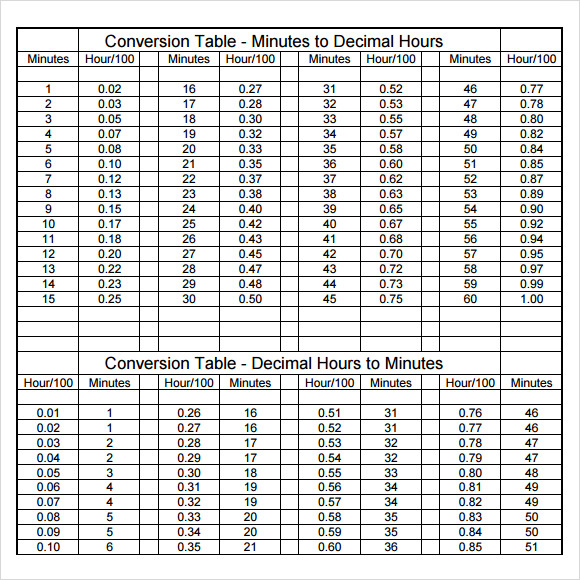

Host-onlyīecause is a public NTP server, syncing time with it requires sending traffic over the internet, varying packet delays can negatively affect quality of the time sync. In most cases, w32time on an Azure VM would prefer host time due to evaluation it would do to compare both time sources.įor domain joined machines the domain itself establishes time sync hierarchy, but the forest root still needs to take time from somewhere and the following considerations would still hold true. W32time would prefer the time provider in the following order of priority: stratum level, root delay, root dispersion, time offset. Azure hosts use Microsoft-owned Stratum 1 devices to keep accurate time.

The VMICTimeSync service, used to communicate the host time to the VMs and make corrections after the VM is paused for maintenance.The NtpClient provider, which gets information from.
#Utc time clocks windows
For this option follow the Time mechanism for Active Directory Windows Virtual Machines in Azure guide.īy default Windows OS VM images are configured for w32time to sync from two sources: Use another, external time server with or without using host time.This is the default configuration used in Azure Marketplace images. There are three options for configuring time sync for your Windows VMs hosted in Azure: The best results for Windows deployments are achieved by using Windows Server 2016 as the guest operating system, which ensures you can use the latest improvements in time synchronization. If clock is off, the billing could be calculated incorrectly.The same event would look like it occurred at different times, making correlation difficult. It's very hard to figure out what have happened in a system if logs (or other data) don't agree on time.Security protocols like Kerberos or certificate-dependent technology rely on time being consistent across the systems. When time between VMs is different, you could see the following effects: But in most cases, we have multiple, interconnected VMs that use time to track transactions and the time needs to be consistent throughout the entire deployment.

When there is only one VM, the effect might not be significant unless the workload requires highly accurate timekeeping. Without time synchronization working, the clock on the VM would accumulate errors. In cases where the W32time service is properly running, the latter case should never happen. Sync mode activates if a guest has been resumed or if a guest's clock drifts more than 5 seconds behind the host's clock. Approximately every 30 seconds, the W32time service takes the latest time sample and uses it to influence the guest's clock. In sample mode, which requires W32time to be running, the VMICTimeSync service polls the host every 5 seconds and provides time samples to W32time. The VMICTimeSync service operates in either sample or sync mode and will only influence the clock forward. To correct for this, the VMICTimeSync service monitors what is happening on the host and prompts for changes to happen on the VMs to compensate. After the VM resumes, the clock on the VM would still show 10:00:00 AM, which would be 28 seconds off. For example, before maintenance begins the VM clock shows 10:00:00 AM and lasts 28 seconds. During memory preserving maintenance, VMs are paused for up to 30 seconds. Virtual machine interactions with the host can also affect the clock. Virtual machines in Azure can either depend on their host to pass the accurate time ( host time) on to the VM or the VM can directly get time from a time server, or a combination of both. Every computer has time synchronization service running that knows what time servers to use and periodically checks if computer clock needs to be corrected and adjusts time if needed.Īzure hosts are synchronized to internal Microsoft time servers that take their time from Microsoft-owned Stratum 1 devices, with GPS antennas. Instead, time servers are synced to UTC and are accessed from other computers to provide scalability and robustness. But, reading UTC directly requires specialized hardware. UTC is defined by a multinational sample of precise atomic clocks that can only be off by one second in 300 years. OverviewĪccuracy for a computer clock is gauged on how close the computer clock is to the Coordinated Universal Time (UTC) time standard. For a quick overview of Windows Time service, take a look at this high-level overview video.įor more information, see Accurate time for Windows Server 2016.


 0 kommentar(er)
0 kommentar(er)
